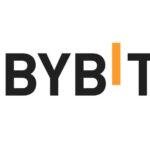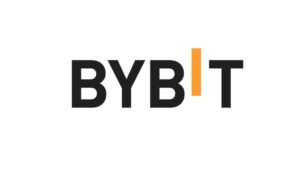A database is any data structure that is used to store information. Simply put, a blockchain is a decentralized, open-source ledger used to secure a network and record transactions. Blockchain databases have proved helpful in various IT infrastructures to secure data and transactional information. This article will provide a detailed insight into blockchain and how it helps data storage.
Blockchain Database Explained!
A blockchain database represents a digital ledger that is spread among several computers. Each block in the chain has a record of several transactions and a distinct cryptographic signature that attests to the accuracy of those transactions.
It preserves the integrity of the data kept by ensuring that once a block is added to the chain, it cannot be changed or removed. Unlike traditional databases, which are centralized and maintained by a single institution, a blockchain database is decentralized. Instead, every network member has access to a copy of the database and a voice in how it is updated and maintained.
Blockchain storage aids the storage of data in a decentralized network and takes advantage of users’ free hard drive space worldwide. A decentralized infrastructure can address several issues in a centralized system and is another option compared to centralized cloud storage. Satoshi Nakamoto initially explained it as an enhancement to the current peer-to-peer network that serves as the foundation for all cryptocurrency transactions in 2008.
How Does Blockchain Data Storage Work?
The data on a blockchain can only be accessed by an authorized user on the system. Additionally, blockchain requires users to use the reward token on the platform before it can be granted complete. One must first register as an authorized user of a blockchain to access data on that system. This reward token’s function is to encourage further usage of that specific system while preserving confidence in its security and integrity.
Blockchains are immutable as a result. No data contained in the blocks can have any of its information modified. Additionally, they are controlled by a group of decentralized nodes, negating the requirement for a single entity to oversee all transactions. Due to their immutability, blockchains have become more prevalent in the finance and real estate sectors.
How To Use Blockchain for Data Storage
Blockchain data is generally kept on a public ledger that isn’t centralized. The information on the ledger is kept in units known as blocks that are linked together via encryption. A blockchain can store data in two different ways:
- On-chain storage: This method is costly as the data is saved inside each block. But, it is also handy since data can be used and restored in case of a breach or attack.
- Off-chain storage: Here, the chain is just used to store the metadata. Since the entire is not kept in the chain, it might not be able to recover the data in the event of an attack. And it is also a less-expensive way to store data.




























